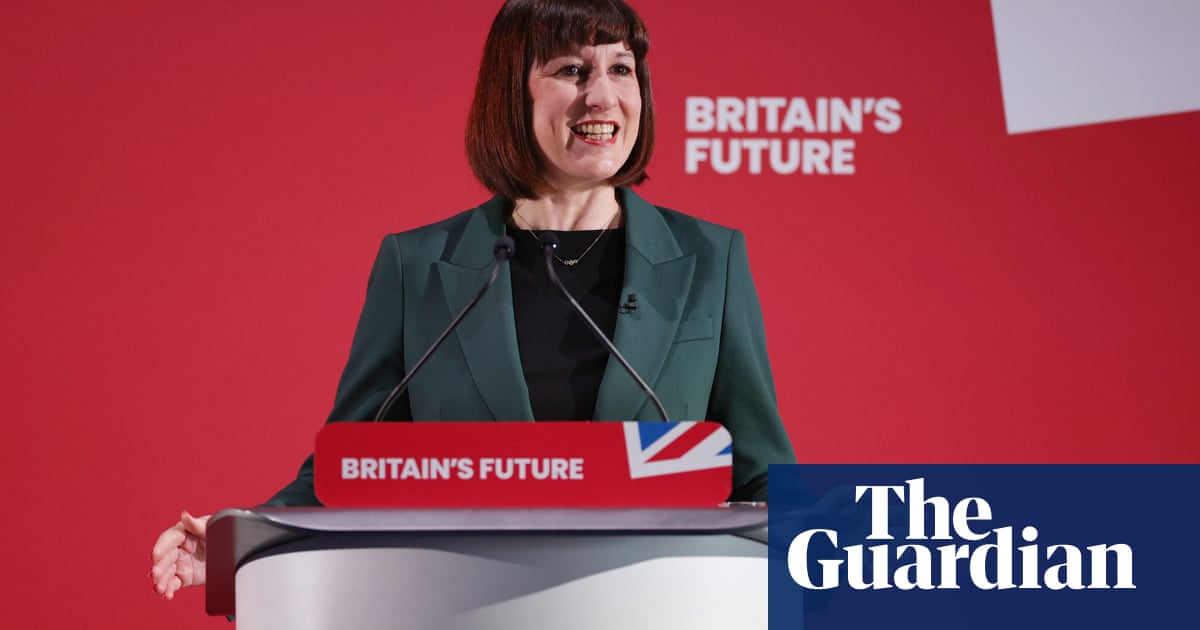
Keir Starmer’s cabinet will have the highest number of state-educated and female ministers in history, as Rachel Reeves became the first female chancellor ever, although ethnic representation has fallen.
A record 89 minority ethnic MPs were elected to parliament overall, according to research by the thinktank British Future, but David Lammy, the foreign secretary, will be the only black cabinet minister in Starmer’s government.
The first Labour cabinet in 14 years will also only have two ministers of Asian descent – Shabana Mahmood, one of the UK’s first Muslim female MPs, and Lisa Nandy.
Only two ministers in Starmer’s cabinet went to private school – Louise Haigh, who attended Sheffield High School, and Anneliese Dodds, who went to Robert Gordon’s College in Aberdeen.
Large numbers of Conservative MPs being replaced by Labour candidates means the proportion of state-educated members has risen from 54% to 63%.
That is still far short of the 88% of people among the general public who went to comprehensive schools, but it represents the highest proportion of state-schooled members ever recorded in parliament.
The Labour veteran and Britain’s first black female MP, Diane Abbott, will become mother of the house in the new parliament, having served her Hackney North and Stoke Newington constituency for almost 40 years.
More than 40% of seats in the Commons will be held by women, a record that includes 46% of Labour MPs and 24% of their Conservative counterparts.
The new crop of MPs will mean more newbies entering parliament than at any election since at least 1979. More than half of parliament is new, amounting to 334 MPs, with 76.1% of those on the Liberal Democrat benches and 56.4% on the Labour benches not having been elected before. Just over a fifth of MPs were new in 2019.
The former Labour leader Jeremy Corbyn just missed out on becoming father of the house because he was behind Sir Edward Leigh in the 1983 queue to be sworn in.
The new prime minister, who has kept his top team in the same jobs, will have to fill vacancies left by Jonathan Ashworth and Thangam Debbonnaire, who were unseated by an independent and Green party candidate respectively.
Starmer’s deputy, Angela Rayner, left school at 16 having grown up on a council estate in Stockport, working her way up the ranks as a trade union official before becoming an MP.
She and Haigh are seen as on the “soft left” of the parliamentary Labour party, and renowned for their abilities to build consensuses and bring people together.
Haigh, 36, who could be the youngest woman to serve as a cabinet minister, has worked closely with the Treasury team on Labour’s transport plans, which are seen as key to underpinning the government’s wider growth agenda.
Reeves, a former child chess champion, went to a comprehensive school in Beckenham with her sister Ellie, before going on to study PPE at Oxford University and embarking on a career in private-sector banking including a stint at the Bank of England.
Yvette Cooper, the new home secretary, has often reflected on her time at a comprehensive school in Hampshire, where she got her first taste of politics as a prefect.
She has recalled staging a “prefects’ strike” in protest against a fellow prefect being punished for wearing the wrong colour socks. She too went on to study PPE at Oxford, having won the Kennedy scholarship award.












